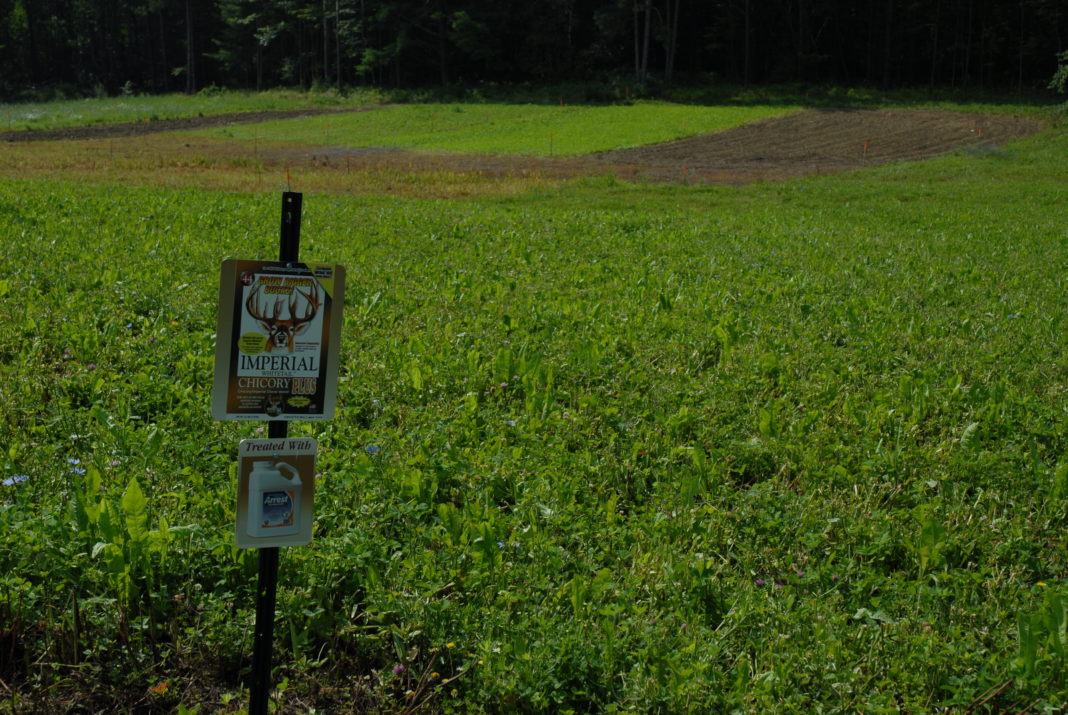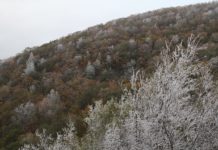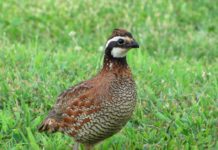“A decision is only as valid as the information it’s based upon” — a savvy business statement that’s never more true than with food plots. You can spend hundreds of dollars and invest even more hours preparing that special wildlife plot, only to have the plants perform poorly or die. Like the solid foundation of a tall building, having a strong information foundation is critical. Fortunately, soil tests are neither complicated nor expensive; just take care to accurately follow the procedure in order to ensure success. The Whitetail Institute’s Jon Cooner offers a detailed, six-step plan for ultimate results:
When it comes to planting food plots, no other step offers the greatest potential to ensure optimum results and help save money as testing your soil through a qualified soil-testing laboratory. It’s simple and inexpensive, and it provides information that’s critical to food plot success. To get the most for your money, however, be sure that you prepare and submit the soil sample the right way.
SOIL TEST KIT
If you are going to spend your hard-earned money on something to test your soil with, be sure you get the most bang for your buck. Use a soil test kit that actually sends soil off to a qualified soil-testing lab for analysis, not a do-it-yourself probe or slurry kit. Only a qualified soil-testing lab can offer truly consistent results, give you exact readings of the soil’s soil pH and nutrient content and make precise recommendations as to whether you need to add lime, how much lime to add and what blend and amount of fertilizer to use. High quality soil test kits are available from the Whitetail Institute and most county ag departments.
Read the rest of the article for more things to consider before testing your soil.



















![The Best Deer Camp Chili [VIDEO] Deer Chili Ingredients, Tomatoes, Chili Spices](/wp-content/uploads/2015/10/Deer-Chili-Deer-Camp-Recipe-218x150.jpg)
![How to Call Elk Early in the Season [VIDEO]](/wp-content/uploads/2016/08/byers003-218x150.jpg)








![Idiots Disturb Hunter: How Would You Have Handled It? [VIDEO]](/wp-content/uploads/2015/10/DSC00110-e1474487693878-100x70.jpg)
![Albino Buck Shocked to Shed His Antlers [VIDEO]](/wp-content/uploads/2015/10/AlbinoDeer-100x70.jpg)